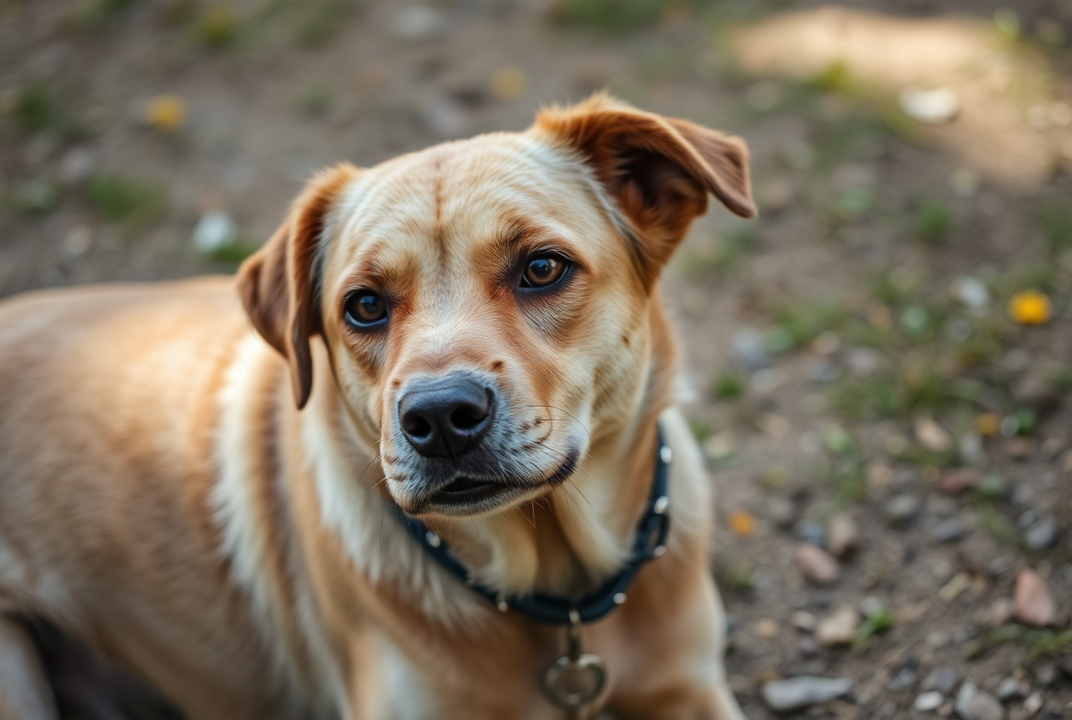
As dogs grow older, their needs change just like humans. Senior dogs require special attention, love, and care to ensure they remain happy, healthy, and comfortable in their golden years. As a pet owner, understanding your aging dog’s unique requirements is essential to maintaining their quality of life. This article will guide you through the critical aspects of senior dog care, helping you provide the best for your beloved furry companion.
—
When Is a Dog Considered a Senior?
The age at which a dog is considered a senior varies depending on their breed and size. Generally:
– Small Breeds (e.g., Dachshunds, Chihuahuas): Senior at around 10–12 years.
– Medium Breeds (e.g., Beagles, Bulldogs): Senior at around 8–10 years.
– Large Breeds (e.g., German Shepherds, Golden Retrievers): Senior at around 6–8 years.
Larger dogs tend to age faster, which makes it crucial to start senior care early for them.
—
Signs of Aging in Dogs
Recognizing the signs of aging can help you adapt your care routine:
– Reduced Energy: Less interest in play or exercise.
– Stiffness or Limping: Signs of joint pain or arthritis.
– Graying Fur: Especially around the face and muzzle.
– Vision and Hearing Loss: Difficulty seeing or responding to commands.
– Behavioral Changes: Increased anxiety, confusion, or irritability.
– Health Issues: Weight changes, difficulty eating, or changes in urination habits.
—
Tips for Senior Dog Care
1. Regular Veterinary Check-Ups
Senior dogs are more prone to health issues such as arthritis, dental problems, and kidney or heart disease. Schedule veterinary visits at least twice a year to catch any problems early. Ask your vet to recommend screenings such as blood tests or x-rays to monitor your dog’s overall health.
2. Provide a Balanced Diet
As dogs age, their metabolism slows, and their nutritional needs change.
– Senior Dog Food: Opt for food formulated specifically for older dogs, which often has fewer calories and added joint-supporting nutrients like glucosamine and chondroitin.
– Portion Control: Monitor their weight to prevent obesity, which can worsen joint problems and other health conditions.
– Hydration: Ensure they have constant access to clean, fresh water, as senior dogs are more prone to dehydration.
3. Maintain a Comfortable Environment
Make your home a safe and cozy place for your senior dog:
– Soft Bedding: Provide orthopedic or memory foam beds to support their joints and reduce discomfort.
– Easy Access: Use ramps or steps to help them access furniture or get in and out of the car.
– Temperature Control: Senior dogs are more sensitive to extreme temperatures, so keep them warm in winter and cool in summer.
4. Exercise with Caution
Regular physical activity helps maintain muscle strength and prevent obesity, but adjust the intensity for their age.
– Short Walks: Opt for shorter, slower walks to avoid overexertion.
– Low-Impact Activities: Swimming or gentle play is great for aging joints.
– Watch for Signs of Fatigue: If your dog seems tired or in pain, allow them 5. Dental Care
Dental problems are common in senior dogs and can lead to serious health issues if left untreated.
– Brushing: Brush their teeth regularly with a dog-specific toothbrush and toothpaste.
– Chew Toys: Provide dental chews to help clean their teeth and reduce plaque buildup.
– Vet Check-Ups: Have your vet inspect their teeth and gums during visits.
6. Monitor Their Weight
Obesity can lead to numerous health issues in senior dogs, including diabetes, arthritis, and heart disease.
– Track Their Diet: Avoid giving table scraps and limit treats.
– Weigh Them Regularly: Monitor weight changes and adjust their diet accordingly with the help of a vet.
7. Address Behavioral Changes
Aging can cause cognitive decline, leading to symptoms of canine dementia.
– Mental Stimulation: Use puzzle toys and interactive games to keep their mind sharp.
– Stick to a Routine: A consistent daily schedule helps reduce anxiety and confusion.
– Comfort and Reassurance: Be patient and offer plenty of love and attention.
8. Manage Pain and Joint Issues
Arthritis is common in senior dogs, but you can help manage their discomfort:
– Supplements: Consult your vet about glucosamine and omega-3 fatty acids for joint health.
– Medications: Ask your vet for pain management options if needed.
– Comfortable Surfaces: Avoid slippery floors and provide non-slip mats.
9. Grooming and Hygiene
Senior dogs often need extra help with grooming.
– Regular Baths: Keep their coat clean and free of odors.
– Brush Their Coat: Prevent matting and improve circulation.
– Trim Nails: Long nails can make walking painful, especially for aging joints.
—
Additional Tips for Senior Dog Care
– Emotional Support: Older dogs often seek more comfort and companionship, so spend quality time with them.
– Be Patient: Aging dogs may experience accidents or slower responses—handle these changes with care and understanding.
– End-of-Life Care: Be prepared for difficult decisions and consult your vet to ensure your dog’s comfort during their final stages of life.
—
Conclusion
Caring for a senior dog requires compassion, patience, and attentiveness. These golden years are a time to give back to your loyal companion by providing the love and care they deserve. With regular vet check-ups, a healthy diet, gentle exercise, and a comfortable environment, you can ensure your dog enjoys their later years to the fullest.
Remember, your senior dog has spent their life being your faithful friend—now it’s your turn to be theirs. Together, you can make these years a cherished and memorable chapter in their life.
